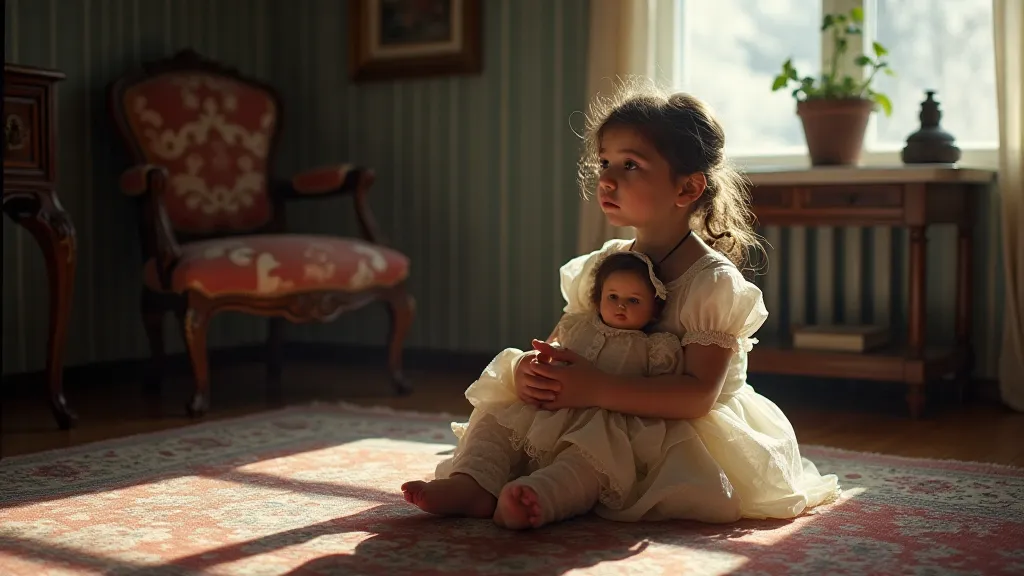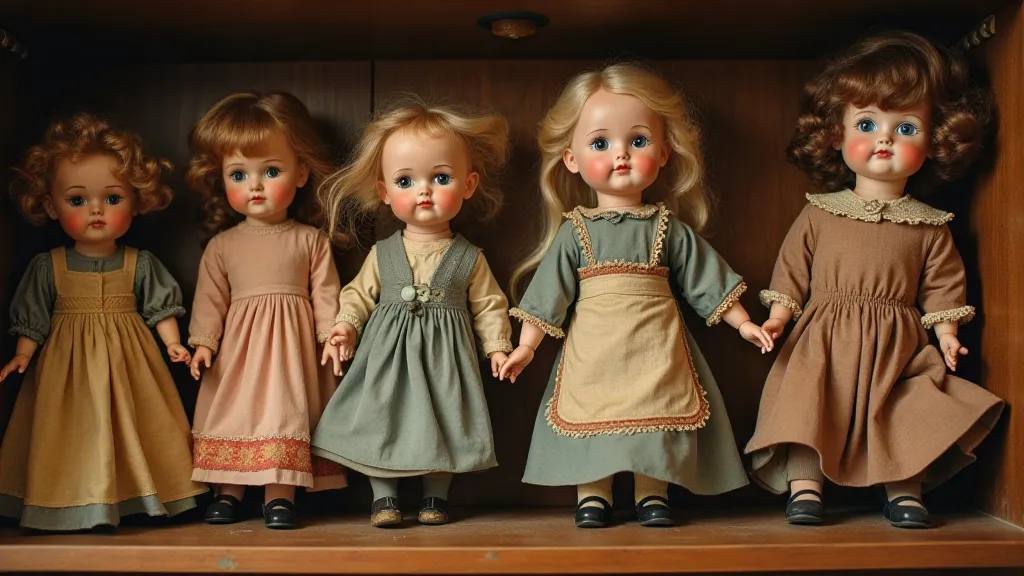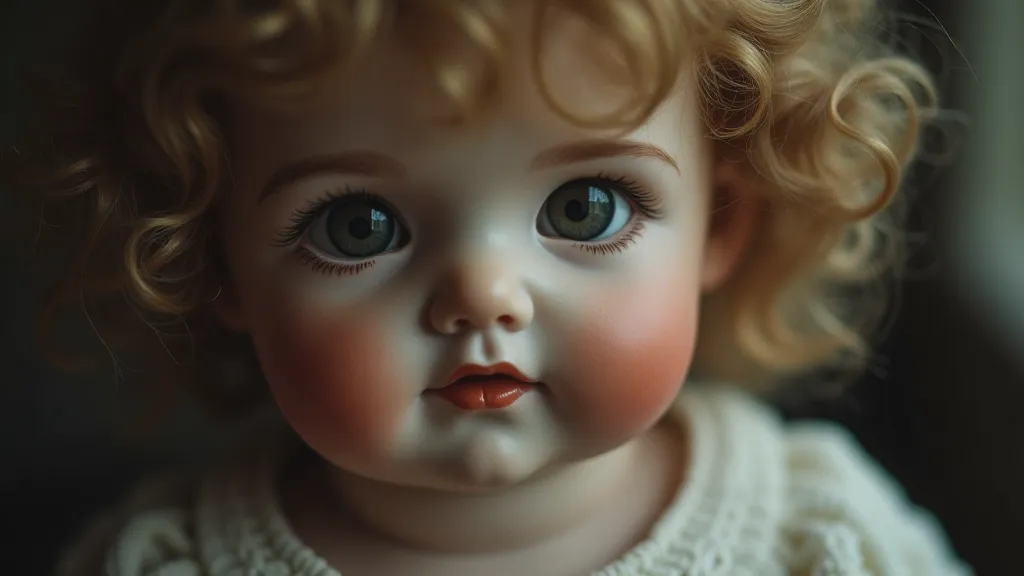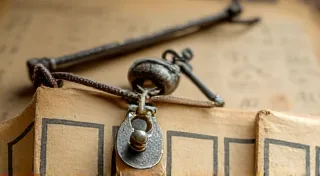Beyond the Porcelain Smile: Unveiling the Lives of the Children Who Loved These Dolls
Antique dolls. The very words conjure images of delicate porcelain, intricately stitched dresses, and eyes that seem to hold a silent story. We, as collectors, often focus on the craftsmanship, the rarity, the investment value. But beyond the meticulous artistry, beyond the auction catalogues and the discerning gaze of the expert, lies a far more compelling narrative: the lives of the children who cherished these dolls, and the profound impact these inanimate companions had on their formative years.
Imagine a young girl, perhaps around 1880, receiving a bisque head doll. It wasn’t a spontaneous gift, but likely a treasured reward for good behavior, a symbol of status, or an heirloom passed down through generations. Dolls in this era weren’t ubiquitous. They represented a significant expense, and the sheer effort involved in their creation – often handmade, with carefully painted features and elaborate wardrobes – underscored their preciousness. This little girl, let's call her Clara, wouldn't have understood the technical details of the doll’s construction. What she *would* understand is that this doll was special, a tangible representation of love and care.

A Mirror to Society and a World of Imagination
The dolls of the late 19th and early 20th centuries weren't just playthings; they were miniature reflections of the world around them. A young lady's doll might be dressed in the latest fashions, mimicking the styles seen in magazines and worn by her mother. A boy’s doll, often made of composition or wood, might be outfitted as a soldier or a worker, reflecting the ambitions and societal roles expected of him. These dolls served as subtle, yet powerful, introductions to the complex social hierarchies and gender roles of the time. The expressions captured on these dolls’ faces were carefully considered, subtly conveying personality and social standing, as explored in detail in “The Language of the Eyes: How Antique Doll Expressions Conveyed Personality.”
But within the confines of her dollhouse and the fabric of elaborate tea parties, a world of boundless imagination unfolded. A simple doll could become a queen, a doctor, a traveler, anything the child desired. The stories woven around these dolls weren't just entertainment; they were exercises in empathy, problem-solving, and creative expression. A child grappling with the loss of a loved one might find solace and companionship in the unwavering presence of her doll, imbuing it with a comfort and familiarity that transcended its material form. The environments these dolls inhabited, the meticulously recreated homes and landscapes, hinted at the intricate and imagined worlds children built for them, similar to the exploration of “Ghosts of Playhouses: Reconstructing the Worlds of Antique Dolls.”
The Rise of Mass Production and Changing Childhoods
The early 1900s witnessed a significant shift in doll production. The introduction of more efficient manufacturing techniques, spearheaded by companies like Armand Marseille and Kämmer & Ritter, made dolls more accessible to a wider range of families. While this democratization of play brought joy to countless children, it also marked a change in the character of these cherished companions. Hand-painted features were replaced with faster, more uniform processes. While still beautiful and often imbued with a certain charm, these "mass-produced" dolls often lacked the unique personality of their earlier counterparts.
This era also coincided with evolving ideas about childhood itself. The Victorian notion of childhood as a period of sheltered innocence began to give way to a more active and adventurous view. Dolls became less about mimicking adult roles and more about embodying a spirit of playful exploration. Character dolls, representing fictional characters from popular literature and early movies, became increasingly popular, allowing children to embody their heroes and heroines. The places these dolls originated, the geographical landscapes shaping their production and distribution, offers further insights into their history. Understanding these origins is crucial to appreciating the nuances of antique doll collecting, and sheds light on the “The Cartography of Childhood: Mapping the Geographic Origins of Antique Dolls.”

The Significance of Clothing and Accessories
The care with which a child dressed and accessorized her doll was often a reflection of her own personality and the values instilled by her parents. Tiny shoes, meticulously sewn dresses, miniature hats – these weren't just decorative elements; they were expressions of love and creativity. Many children would painstakingly create their dolls’ wardrobes, repurposing scraps of fabric and incorporating handmade embellishments. These little acts of creation fostered a sense of resourcefulness and pride.
Interestingly, the conservation of these original outfits is crucial to maintaining the historical integrity of the doll. A doll in pristine condition, complete with its original clothing, is exponentially more valuable – not just monetarily, but in terms of the story it tells. Even a small detail – a faded ribbon, a slightly frayed hem – can whisper volumes about the child who once cherished it. The yearning for these older dolls, the nostalgic pull they exert on collectors, highlights a powerful connection to the past. This feeling of nostalgia is intertwined with our fascination with these objects, as explored in “The Gaze of Porcelain: Unmasking Nostalgia in Doll Collecting.”
Beyond the Surface: The Doll's Role in a Changing World
The development of these dolls wasn't solely a matter of aesthetic or technical innovation; it was intrinsically linked to the evolving social and cultural landscape of the time. Consider the rise of the middle class, the increasing availability of printed materials showcasing fashion and lifestyle trends, and the burgeoning entertainment industry – all of these factors contributed to the design and popularity of antique dolls. They served as tangible representations of a rapidly changing world, mirroring the aspirations and anxieties of a generation.
The Enduring Appeal of the Porcelain Smile
The simple act of collecting antique dolls transcends mere acquisition; it's a form of historical preservation and a deeply personal connection to the past. Each doll carries a story, a legacy whispered across generations. The faint scent of lavender clinging to a dress, the delicate wear on a porcelain cheek, these are not imperfections, but rather evidence of a life well-loved.
The technical mastery involved in crafting these dolls, from the delicate molding of bisque heads to the intricate stitching of miniature clothing, is a testament to the ingenuity and artistry of the era. But it's the human element – the laughter, the tears, the moments of solace and companionship – that truly elevates these inanimate objects into cherished heirlooms. They are more than just dolls; they are time capsules, preserving fragments of childhood memories and offering a glimpse into a bygone era. They embody a certain innocence and beauty that resonates with collectors and enthusiasts alike.

Beyond the Auction Block: Appreciating the Human Connection
As collectors, we’re drawn to the beauty and craftsmanship of antique dolls. We admire the intricate detailing of a French be be, the sturdy construction of a German character doll, the delicate realism of a bisque head. But true appreciation goes beyond the technical specifications and the rarity. It lies in recognizing the enduring human connection – the echoes of laughter, tears, and whispered secrets that resonate within these inanimate objects.
Consider the story behind each doll. Imagine the hands that created it, the child who held it close, the family that treasured it. When we understand the social context, the personal experiences, and the formative years that shaped these children, we begin to see the dolls not just as collectibles, but as tangible links to the past – powerful reminders of the enduring power of childhood, imagination, and the profound impact of a simple toy.
The preservation of these dolls is a responsibility, a commitment to safeguarding the stories they hold. Through careful conservation and thoughtful sharing, we can ensure that future generations have the opportunity to experience the magic and wonder of these timeless treasures. The legacy of these dolls extends far beyond their monetary value; it is a testament to the enduring power of human creativity and the profound impact of a simple toy on the lives of children.
The influence of earlier toy manufacturing techniques can still be seen in contemporary doll production, but the handmade quality and personal connection of antique dolls remain unparalleled. These aren’t just artifacts; they're tangible links to a past filled with innocence, imagination, and the boundless joy of childhood.
The next time you examine an antique doll, pause. Look beyond the porcelain smile. Remember the child who once loved it, and let yourself be transported to a time when a simple doll could be a world of adventure, comfort, and endless possibilities.





